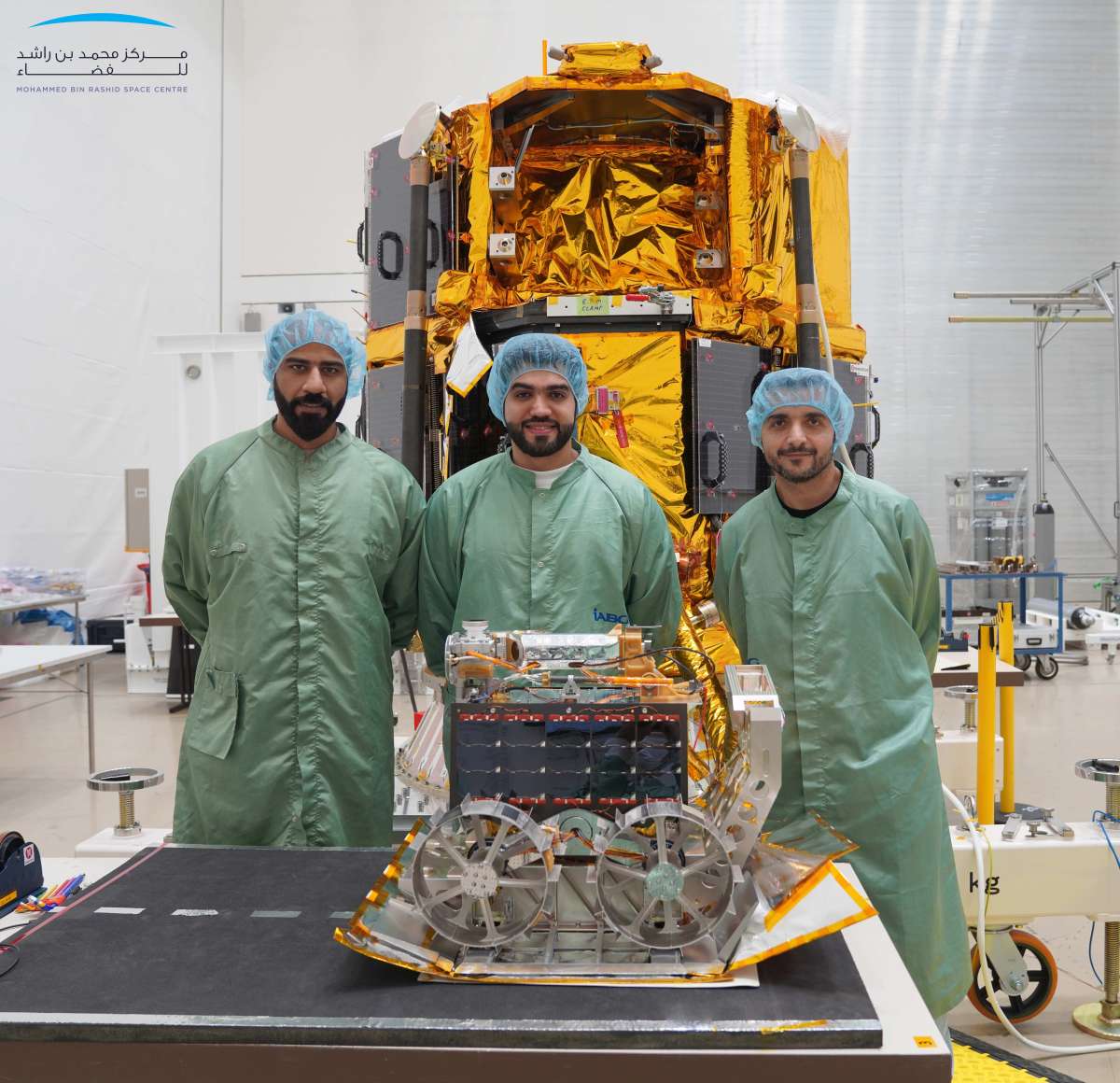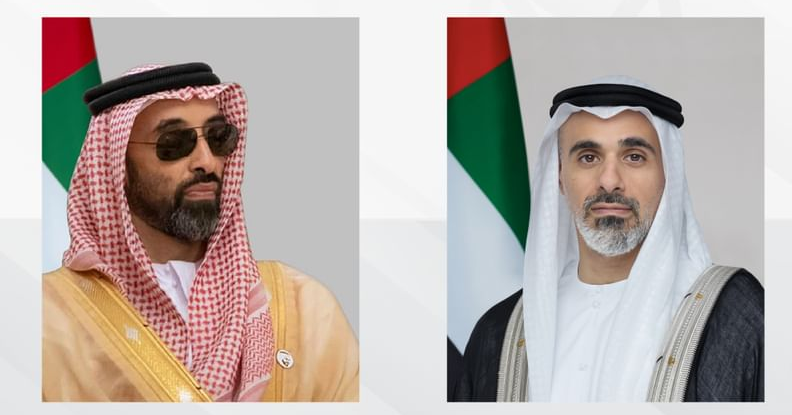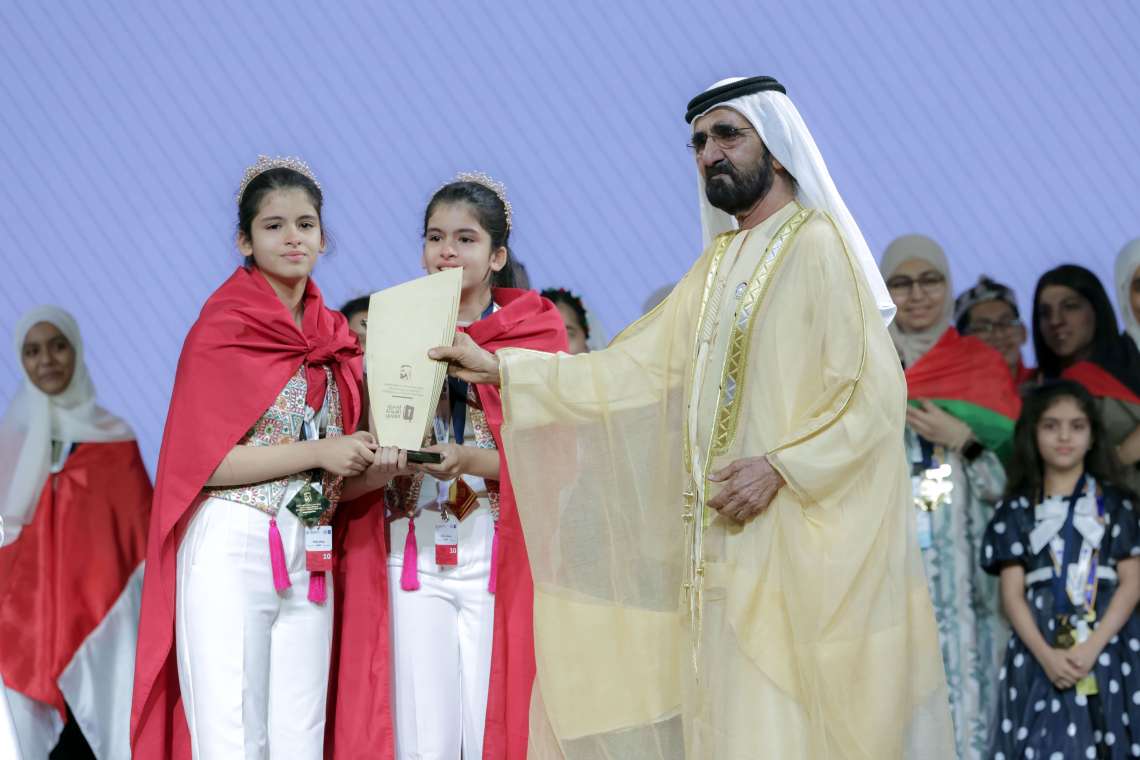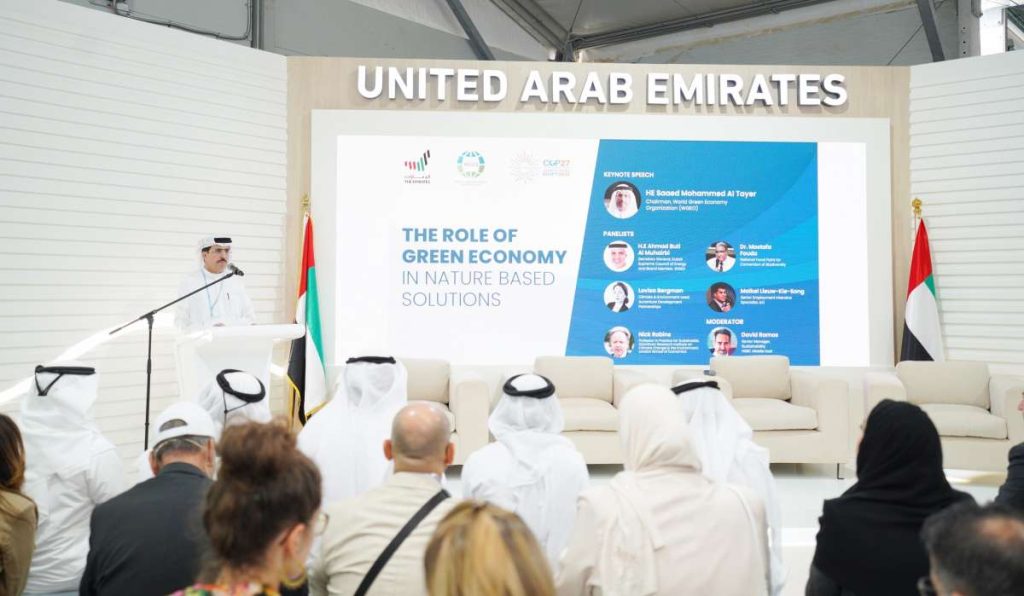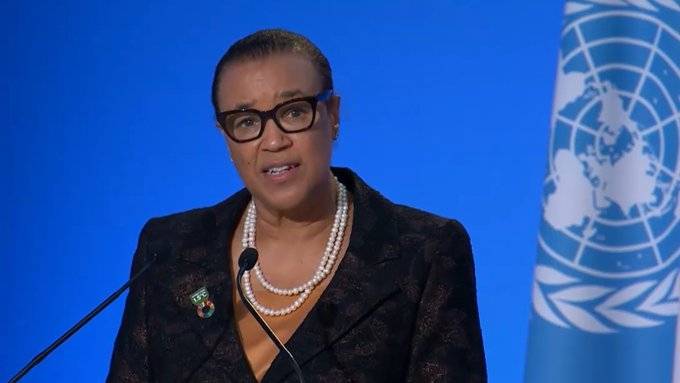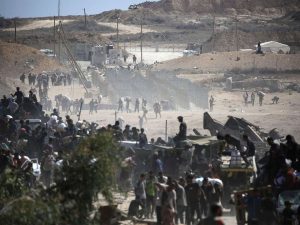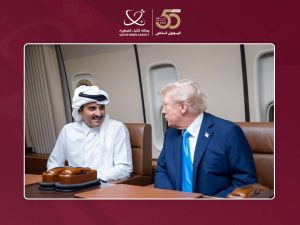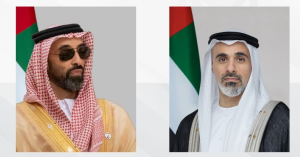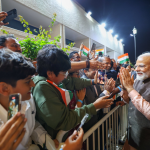The integrated spacecraft will take a low-energy route to the moon rather than a direct approach, which means the landing will take about five months after launch, in March 2023…reports Asian Lite News
The ambitious Emirates Lunar Mission (ELM) of the Mohammed Bin Rashid Space Centre (MBRSC) is set to launch on 28th November at the earliest, at 3.46 am US Eastern Standard Time/12.46 pm UAE Time.
The dates and times are subject to change depending on weather and other conditions, state news agency WAM reported citing authorities.
The announcement follows the confirmation of Rashid Rover’s landing site, which will be Atlas crater, located at 47.5°N, 44.4°E, on the southeastern outer edge of Mare Frigoris (Sea of Cold), chosen to maintain flexibility during operations. Mare Frigoris lies in the far lunar north.
The primary landing site was chosen along with multiple contingencies, which may be used depending on variables that occur during transit. The site meets the technical specifications of the lander technology demonstration mission and the scientific exploration objectives for the ELM mission.
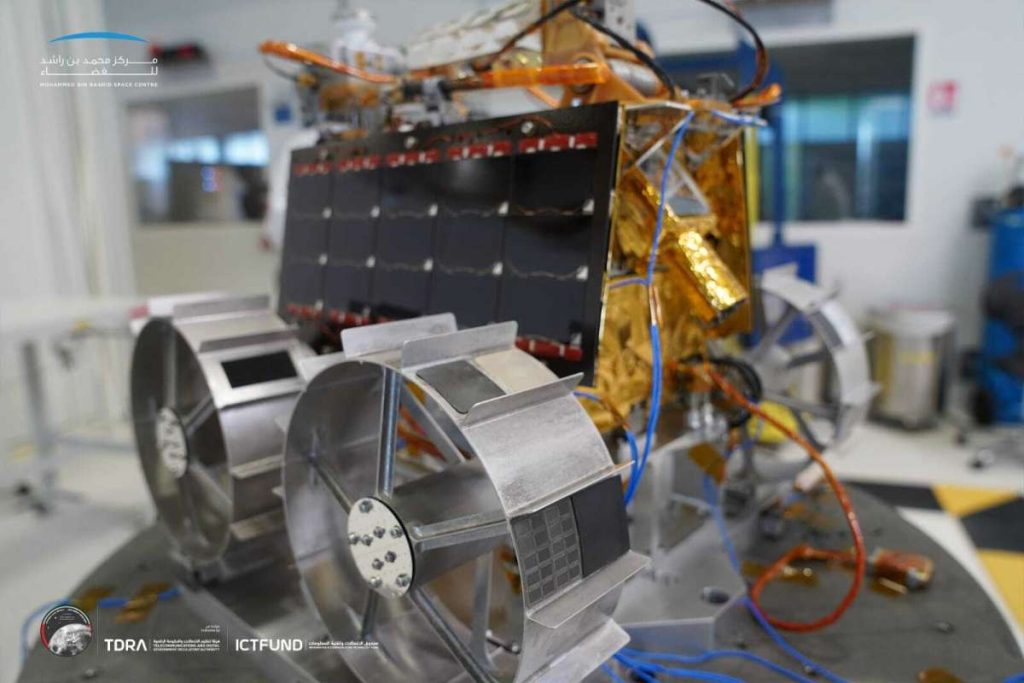
The Rashid Rover, once landed, will explore the characteristics of lunar soil, the petrography and geology of the Moon, dust movement, surface plasma conditions, and the Moon’s photoelectron sheath.
The novel discovery within the unexplored lunar site is one of the many reasons why the Emirates Lunar Mission is one of the most anticipated moon missions.
In collaboration with the partners – SpaceX and ispace, MBRSC stated that the integrated launch vehicle is within the premises of Cape Canaveral Space Force Station, Florida, US, and will be moved to the launch pad closer to the launch date.
According to ispace, the integrated spacecraft will take a low-energy route to the moon rather than a direct approach, which means the landing will take about five months after launch, in March 2023.
With about 10 days until the launch, the Emirates Lunar Mission team has spent time rehearsing their roles and individual surface goals for when the landing day will take the centre stage.
Over the last few months, the rover was exposed to rigorous internal and external reviews. The reviews were designed to test out every one of the multitudes of systems and subsystems of the rover during the launch stage, cruise stage, and descent stage.
The tests campaign concluded in Germany with the final phase of checks on the interfaces with the ispace lander that will safely deliver the rover to the Moon’s surface. This phase also included instrument alignment checks, such as imaging systems, and a final functional test of the integrated system following the environmental campaign.
The mission’s primary goal is to study the Moon’s plasma and to provide answers about Moon dust, the lunar surface, mobility on the Moon’s surface, and how different surfaces interact with lunar particles.
The Emirates Lunar Mission (ELM) – the first Arab mission to the Moon and the fourth globally – includes the development and launch of the first Arab Rover to land on the lunar surface. It will capture photos and collect information and data from “Mare Frigoris”, particularly the “Atlas (crater)” area, which will be explored for the first time.
Rashid Rover will have the latest technologies and innovative devices and is distinguished by its ability to resist the lunar surface temperature, which drops to -173° Celsius.
The mission embodies the aspirations of the UAE in this field, by collecting images and information that allow the country to conduct comprehensive and integrated studies of building human settlements on the Moon, prepare for future missions to study the red planet, and provide the scientific community with answers about the solar system, and other planets.
Rashid Rover will provide about 10 gigabytes of recorded material, scientific data, and new images to the global scientific community. It aims to study the Moon’s plasma and to provide answers about Moondust, the lunar surface, mobility on the Moon’s surface and how different surfaces interact with lunar particles.
Previously, many countries launched scientific missions to the lunar surface, including the United States, Russia and China. Today, India and Japan are leading various scientific missions to study the surface of the Moon and explore its data and details.

